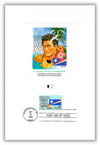
# 2507 - 1990 25c Marshall Islands
25¢ Marshall Islands
City: Washington, DC
Quantity: 75,715,000
Printed By: Bureau of Engraving and Printing
Printing Method: Lithographed and engraved
Perforations: 11
Color: Multicolored
The Battle of Kwajalein began on January 31, 1944. Part of the World War II Pacific Campaign, it was a hard-fought, but quick victory for the US, allowing commanders to launch the next battles sooner than expected. Following World War I, Japan was granted control of the Marshall Islands in the western Pacific. The Allies knew going into World War II that these islands would be an important strategic target. After the Japanese had several successive victories in the early months of the war, US Admiral Chester Nimitz developed an “island-hopping” strategy. This counteroffensive consisted of a series of landings on certain Japanese-held islands along the way to the Philippines and eventually Japan. Kwajalein was the target in early 1944. In the heart of the Marshall Islands, Kwajalein Atoll is the world’s largest coral atoll, spreading across 93 islands and islets, totaling 1,560 acres. The key points in the atoll were Kwajalein Island in the south and the connected islands of Roi-Namur in the north. After two months of air and naval bombardments in the area, US Marine and Army units landed on Kwajalein, Roi, and Namur on January 31, 1944. A total of 85,000 US Marines and Army men aboard 300 warships participated in the assault. One Marine regiment captured Roi on the first day and Namur was taken by noon on the second day. The battle on Kwajalein was more difficult, with the US 7th Infantry Division bombarding the Japanese garrison for three days before it was declared secure on February 4. The Japanese forces were outnumbered by more than 40,000 on Kwajalein, but fought to the bitter end. They suffered 7,870 dead and 105 captured in the battles on Roi and Namur, while the Marines lost 200 of their own with 500 wounded. On Kwajalein, 5,000 Japanese were killed, and a small number captured. The Americans on Kwajalein saw 372 killed and 1,592 wounded.Battle of Kwajalein
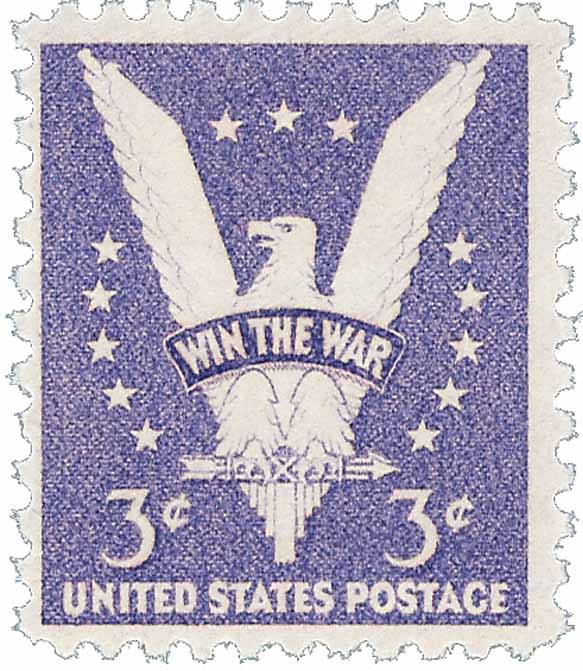
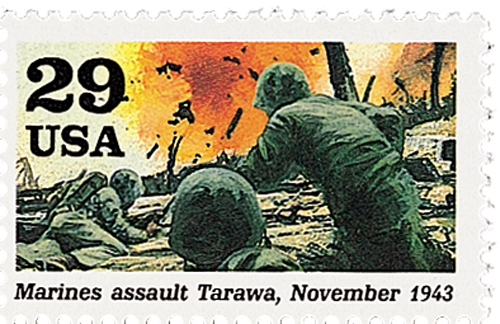

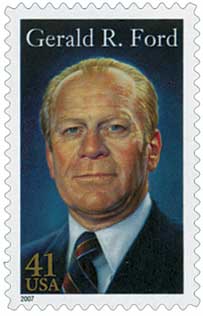
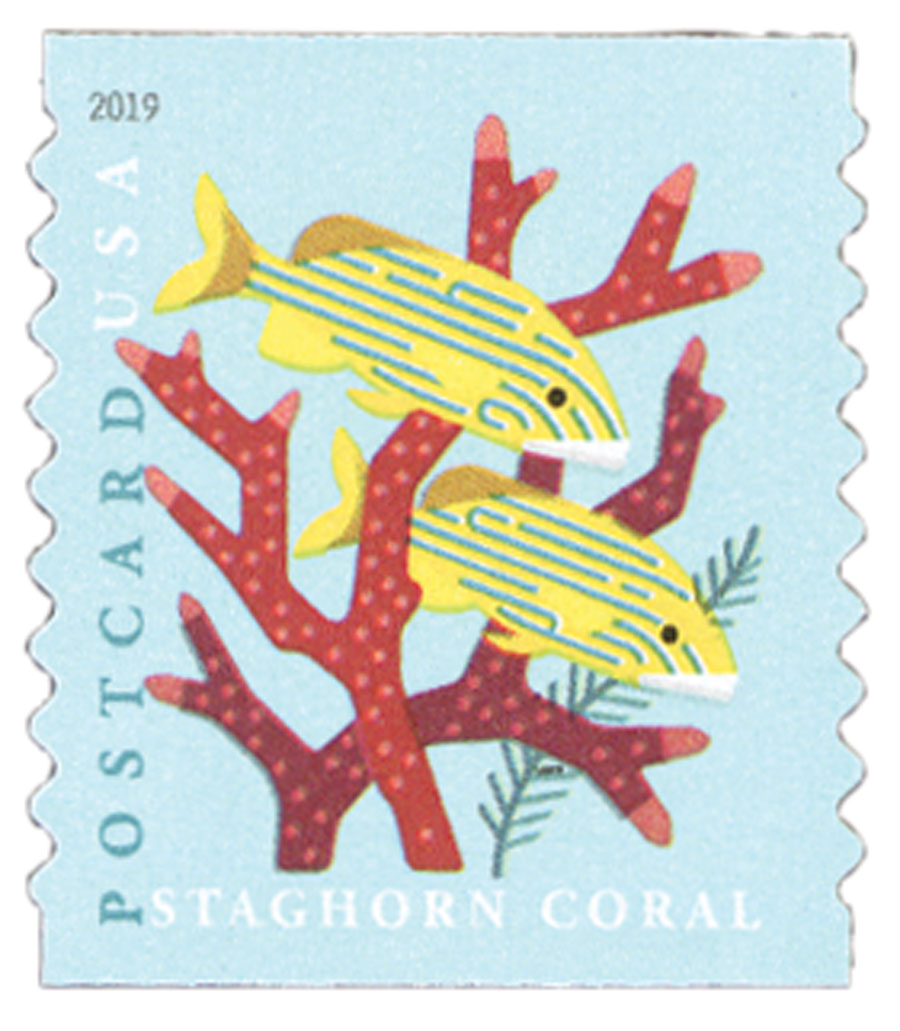
The capture of Kwajalein was completed much earlier than Admiral Nimitz had expected. This in turn allowed him to move up his planned attack on Eniwetok by 60 days. The continued success of this island-hopping campaign meant further isolation of those islands that had been skipped, making for easier victories there as well.
25¢ Marshall Islands
City: Washington, DC
Quantity: 75,715,000
Printed By: Bureau of Engraving and Printing
Printing Method: Lithographed and engraved
Perforations: 11
Color: Multicolored
The Battle of Kwajalein began on January 31, 1944. Part of the World War II Pacific Campaign, it was a hard-fought, but quick victory for the US, allowing commanders to launch the next battles sooner than expected. Following World War I, Japan was granted control of the Marshall Islands in the western Pacific. The Allies knew going into World War II that these islands would be an important strategic target. After the Japanese had several successive victories in the early months of the war, US Admiral Chester Nimitz developed an “island-hopping” strategy. This counteroffensive consisted of a series of landings on certain Japanese-held islands along the way to the Philippines and eventually Japan. Kwajalein was the target in early 1944. In the heart of the Marshall Islands, Kwajalein Atoll is the world’s largest coral atoll, spreading across 93 islands and islets, totaling 1,560 acres. The key points in the atoll were Kwajalein Island in the south and the connected islands of Roi-Namur in the north. After two months of air and naval bombardments in the area, US Marine and Army units landed on Kwajalein, Roi, and Namur on January 31, 1944. A total of 85,000 US Marines and Army men aboard 300 warships participated in the assault. One Marine regiment captured Roi on the first day and Namur was taken by noon on the second day. The battle on Kwajalein was more difficult, with the US 7th Infantry Division bombarding the Japanese garrison for three days before it was declared secure on February 4. The Japanese forces were outnumbered by more than 40,000 on Kwajalein, but fought to the bitter end. They suffered 7,870 dead and 105 captured in the battles on Roi and Namur, while the Marines lost 200 of their own with 500 wounded. On Kwajalein, 5,000 Japanese were killed, and a small number captured. The Americans on Kwajalein saw 372 killed and 1,592 wounded.Battle of Kwajalein





The capture of Kwajalein was completed much earlier than Admiral Nimitz had expected. This in turn allowed him to move up his planned attack on Eniwetok by 60 days. The continued success of this island-hopping campaign meant further isolation of those islands that had been skipped, making for easier victories there as well.






